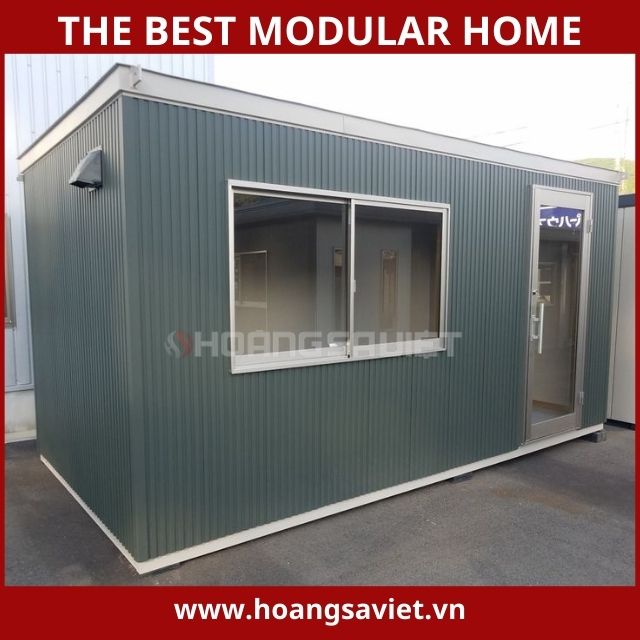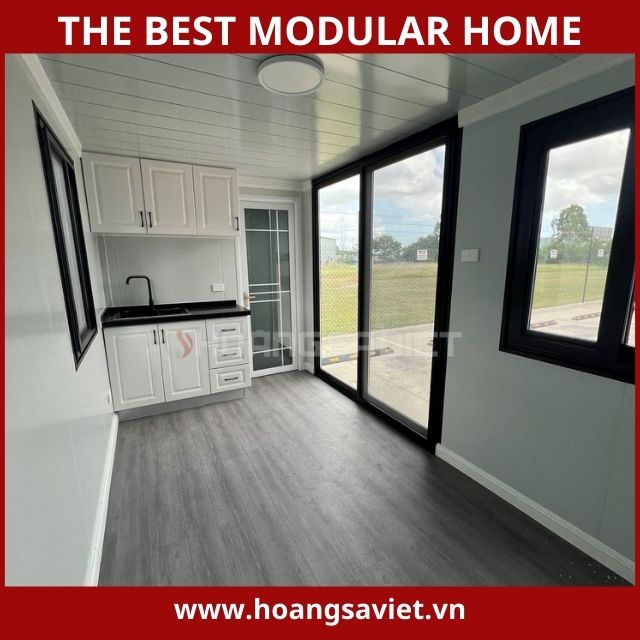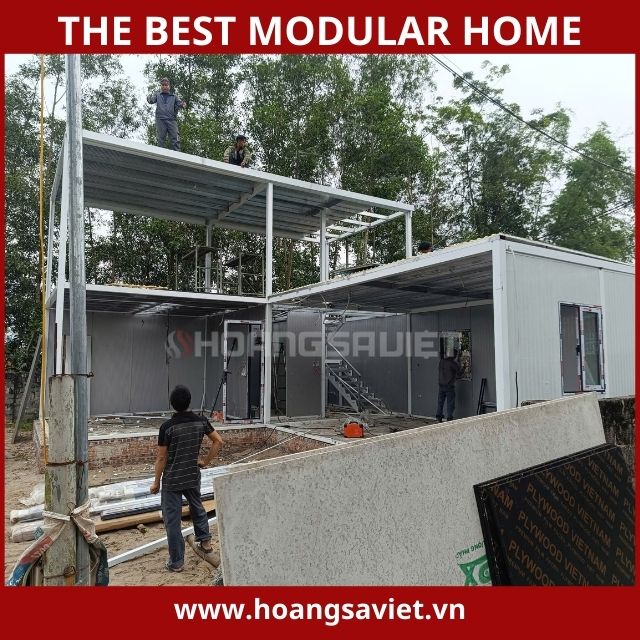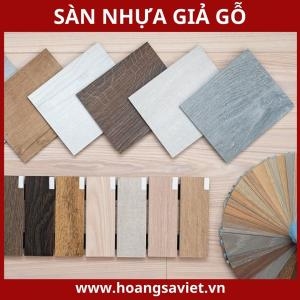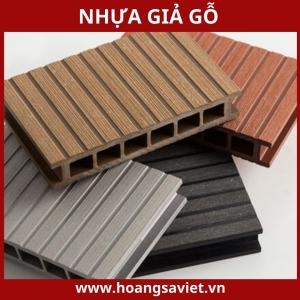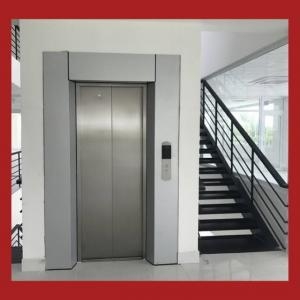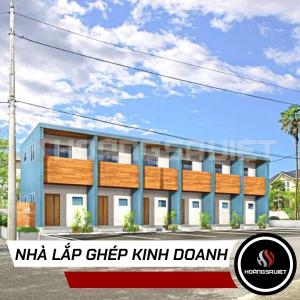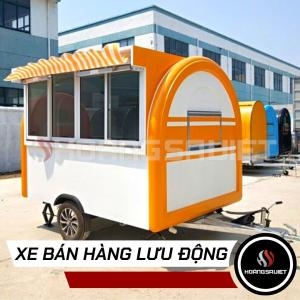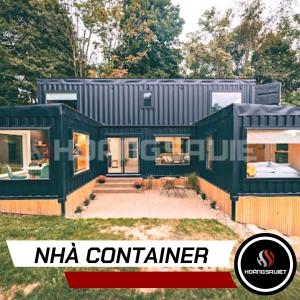The system is processing. Please wait a moment!
Vui lòng lựa chọn loại báo giá!
- Home Product CONTAINSER HOUSE & OFFICE Mẫu Nhà Container
Best Modular Home Manufacturers In The Usa
- Unit price: Calculated by m2 (3.5 - 5.5 million/m2)
- Model: Prefabricated Houses for the Global Market
- Brand: Hoang Sa Viet Construction
- Frame material: 2.5mm thick U160mm steel, tempered - electrostatic
- Wall material: 2-layer Rockwool 50mm specialized panel
- Insulation capacity: 95%
- Fire resistance: 100%
- Connection Type: Smart Connector
- Electrical system: Basic (LED lights, sockets, circuit breakers)
- Warranty: 10 Years
TABLE OF CONTENTS
In recent years, the modular house industry has experienced remarkable growth as more homeowners seek cost-effective, sustainable, and innovative living solutions. Unlike traditional construction, which requires months of on-site labor, modular homes are built through off-site construction in a controlled factory environment. These affordable prefab houses are then transported to the desired location for final assembly, significantly reducing building time and minimizing material waste.
With rising housing prices, increasing environmental concerns, and a growing interest in flexible housing solutions like tiny modular homes, more people are turning to eco-friendly modular homes as an alternative to conventional housing. But are they the right choice for you? This article explores the key advantages and potential drawbacks of modular homes, helping you determine whether this prefab home option aligns with your needs and lifestyle.
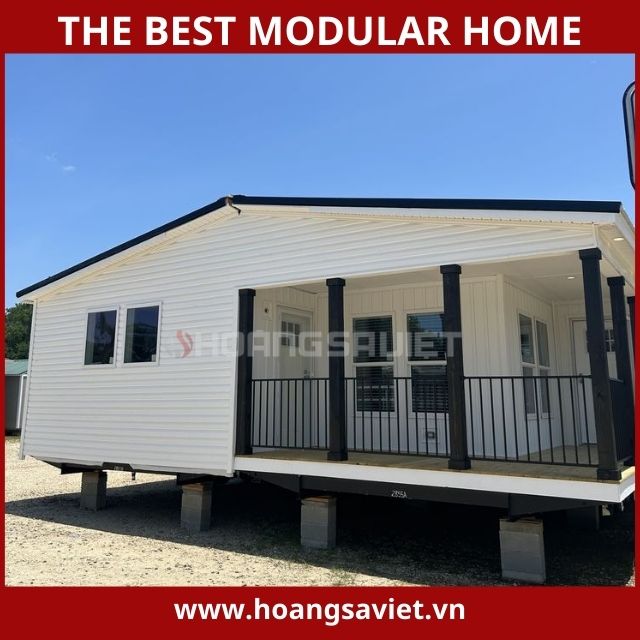
What Is a Modular House?
A modular house is a type of prefab home built in separate sections (or "modules") within a controlled factory environment. Once completed, these modules are transported to the building site and assembled on a permanent foundation, similar to a traditionally built house.
Unlike mobile homes, which are constructed on a chassis and can be relocated, modular homes are considered permanent structures. They adhere to the same local building codes as site-built houses and offer comparable durability and design flexibility.
Key characteristics of a modular home include:
- Factory-built construction: The majority of the home is built in a factory, reducing on-site labor and material waste.
- Permanent foundation: Unlike mobile homes, modular houses are placed on concrete foundations, making them long-term housing solutions.
- Customizable designs: Homebuyers can choose from a variety of floor plans, finishes, and layouts.
- Energy-efficient options: Many eco-friendly modular homes come with energy-saving features like solar panels and advanced insulation.
Fast and cost-effective construction: Thanks to off-site construction, building time is significantly shorter, leading to lower labor costs.
SEE MORE ARTICLES
20 Latest Container House Models This Year
Check out the 50 most beautiful smart prefabricated house models!
SEE MORE PRODUCTS:
How Do Modular Homes Differ from Other Prefab Homes
When exploring prefabricated housing, it's essential to understand the key differences between modular homes and other prefab home types, such as manufactured homes, panelized homes, kit homes, and container homes. Below is a breakdown of how modular houses stand out in terms of construction quality, financing, durability, and long-term value.
1. Construction Method
Modular Homes:
- Built in sections (modules) inside a climate-controlled factory.
- 80-90% completed off-site, then transported and assembled on a permanent foundation.
- Meet local and state building codes, just like traditional homes.
- Offer high durability and structural integrity.
Other Prefab Homes:
- Manufactured Homes: Entirely factory-built, transported as a single unit on a steel chassis.
- Panelized Homes: Delivered as flat panels, requiring extensive on-site assembly.
- Kit Homes: Shipped as a DIY package, needing the homeowner or contractor to assemble.
- Container Homes: Made from recycled shipping containers, often requiring heavy modifications for insulation, plumbing, and ventilation.
2. Building Codes & Regulations
Modular Homes:
- Must comply with local and state building codes, ensuring safety and longevity.
- Treated the same as site-built homes, making them easier to get permits for.
Other Prefab Homes:
- Manufactured Homes: Follow HUD (Housing and Urban Development) standards, which are often less strict.
- Container Homes & Panelized Homes: May face zoning restrictions, as not all areas classify them as permanent housing.

THE BEST MODULAR HOME
SEE MORE ARTICLES
20 Latest Container House Models This Year
Check out the 50 most beautiful smart prefabricated house models!
3. Financing & Resale Value
Modular Homes:
- Qualify for traditional mortgages since they are permanent structures.
- Appreciate in value, just like conventional homes.
- Easier to resell compared to other prefab housing options.
Other Prefab Homes:
- Manufactured Homes: Often classified as personal property, leading to higher interest rates.
- Container & Kit Homes: May struggle with mortgage approval and resale challenges.
4. Durability & Longevity
Modular Homes:
- Built with stronger materials to withstand transportation and assembly stress.
- Can last 50+ years with proper maintenance.
- Designed to endure harsh weather conditions (storms, high winds, earthquakes).
Other Prefab Homes:
- Manufactured Homes: Typically less durable, with a shorter lifespan (20-30 years).
- Container Homes: Require significant reinforcements to be structurally sound.
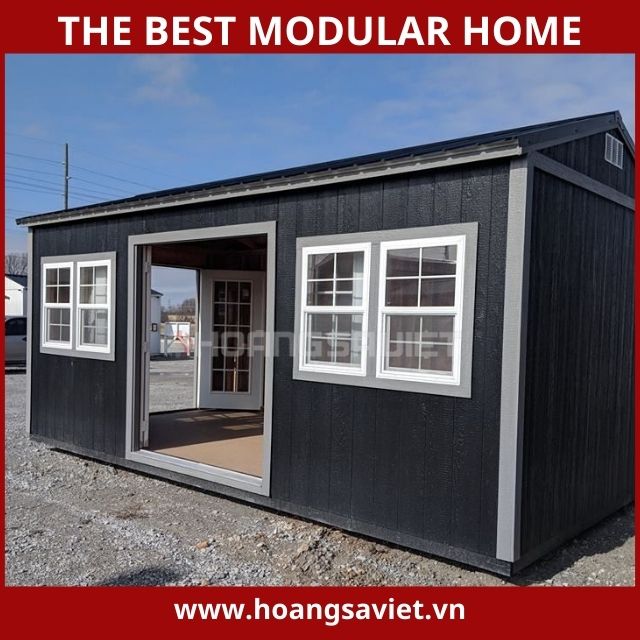
5. Energy Efficiency & Sustainability
Modular Homes:
- Built using eco-friendly materials and energy-efficient designs.
- Features like solar panels, energy-efficient windows, and insulation reduce long-term utility costs.
- Less material waste due to precision factory construction.
Other Prefab Homes:
- Container Homes: Often marketed as eco-friendly, but modifications (insulation, cutting, welding) can increase waste and energy use.
- Manufactured Homes: Usually have lower insulation standards, making them less energy-efficient.
6. Cost & Affordability
Modular Homes:
- Provide a balance between affordability and long-term value.
- Prices are lower than site-built homes but offer similar quality and durability.
- Ideal for affordable prefab housing solutions.
Other Prefab Homes:
- Manufactured Homes: Cheaper upfront, but depreciate quickly and have higher maintenance costs.
- Container Homes: Can be misleadingly expensive due to modifications and customizations.
- Kit Homes: Affordable but require significant effort and additional costs for assembly.
SEE MORE ARTICLES
20 Latest Container House Models This Year
Check out the 50 most beautiful smart prefabricated house models!
Cons of Modular House
While modular houses offer affordability, efficiency, and sustainability, they also come with some challenges. Below are the key drawbacks to consider before choosing a modular home.
1. Land Acquisition Challenges
- Modular homes require a permanent foundation, unlike manufactured homes that can be placed in mobile home parks.
- Homeowners must purchase land separately, which can be expensive in urban or high-demand areas.
- Zoning laws and building regulations vary by location, and some areas restrict prefab homes, making it harder to secure placement.
- Additional permits and inspections may be required, adding time and cost.
2. Limited Customization
- Unlike traditional homes, modular houses follow a predetermined factory-built design, limiting customization.
- Some aspects, like ceiling heights, curved walls, or intricate designs, may not be possible.
- Buyers can select materials, colors, and finishes, but major layout changes may be restricted.
- If a highly customized home is a priority, modular construction may not be the best option.

THE BEST MODULAR HOME
SEE MORE ARTICLES
20 Latest Container House Models This Year
Check out the 50 most beautiful smart prefabricated house models!
3. Transportation and Delivery Issues
- Modular home sections must be transported from the factory to the site, requiring large trucks and special permits.
- Delivery can be challenging if the site has narrow roads, low bridges, or remote locations.
- Long-distance transportation increases costs and the risk of damage during transit.
- If a module is damaged, repairs may cause delays in construction.
4. Financing Difficulties
- Modular homes qualify for mortgages, but some lenders hesitate due to misconceptions about prefab housing.
- Some banks may impose higher interest rates or require a larger down payment.
- Buyers often need two separate loans—one for construction and one for the final mortgage—which can be complex.
- The financing process may take longer than traditional home loans, requiring extra planning.
5. Resale Value and Market Perception
- Modular homes are sometimes perceived as less valuable than traditional homes.
- In areas where prefab homes are not common, resale may take longer.
- Some buyers and real estate agents lack knowledge about modular home quality, leading to lower resale prices.
- Despite their durability, market demand for modular homes is still developing in certain regions.

THE BEST MODULAR HOME
SEE MORE ARTICLES
20 Latest Container House Models This Year
Check out the 50 most beautiful smart prefabricated house models!
Comparing Modular House vs. Traditional Homes
When deciding between a modular home and a traditional house, buyers must weigh the advantages and disadvantages of each. Here is a side-by-side comparison:
|
Feature |
Modular Homes |
Traditional Homes |
|
Construction Time |
8-16 weeks |
6-12 months |
|
Cost |
10-30% cheaper |
More expensive |
|
Durability |
High-quality, factory-controlled |
Depends on builder quality |
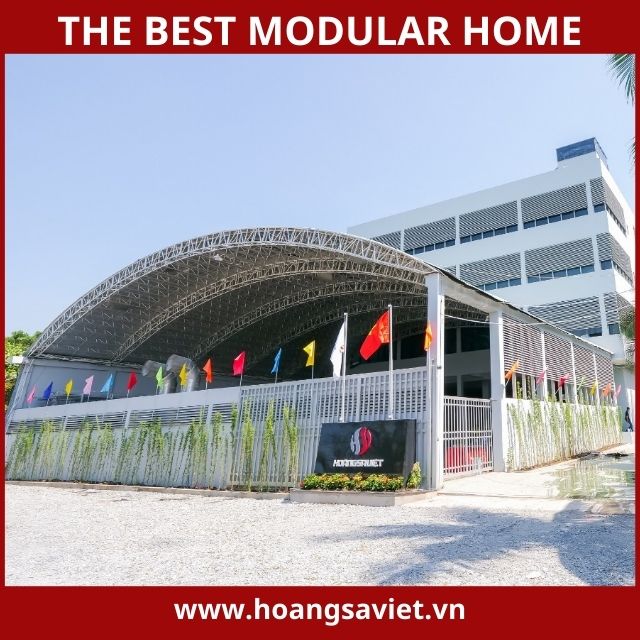
FAQs About Modular Houses
-
Are modular homes durable?
Yes, modular homes are built to meet the same building codes as traditional homes. Many are even more durable due to the reinforced structures used for transportation.
-
Can modular homes withstand hurricanes or earthquakes?
Yes, modular homes are built to withstand harsh weather conditions. Some modular homes are even engineered to meet hurricane or earthquake-resistant standards.
Modular homes are an excellent choice for those looking for a cost-effective, quick, and eco-friendly housing option. They offer great advantages, including affordability and energy efficiency, but also come with challenges like zoning restrictions and limited customization. If you're considering building a modular home, research different manufacturers and consult local regulations to ensure a smooth process.
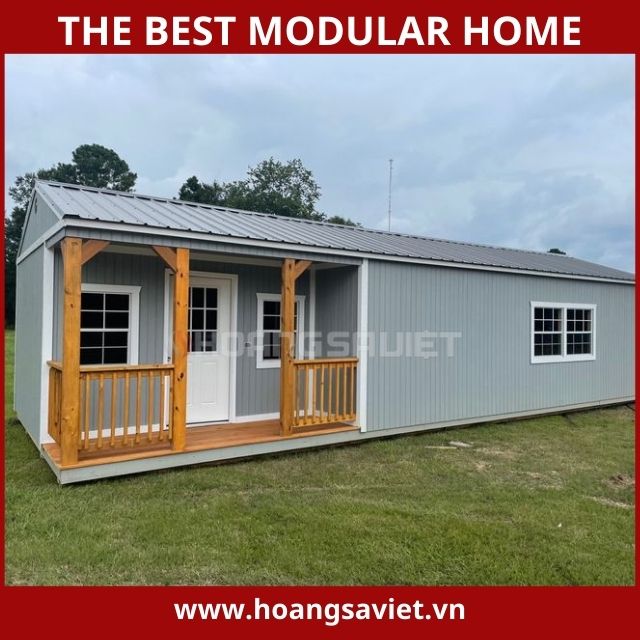
SEE MORE ARTICLES
20 Latest Container House Models This Year
Check out the 50 most beautiful smart prefabricated house models!
Hiện chưa có đánh giá nào về sản phẩm này!



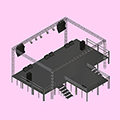
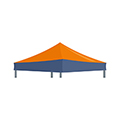



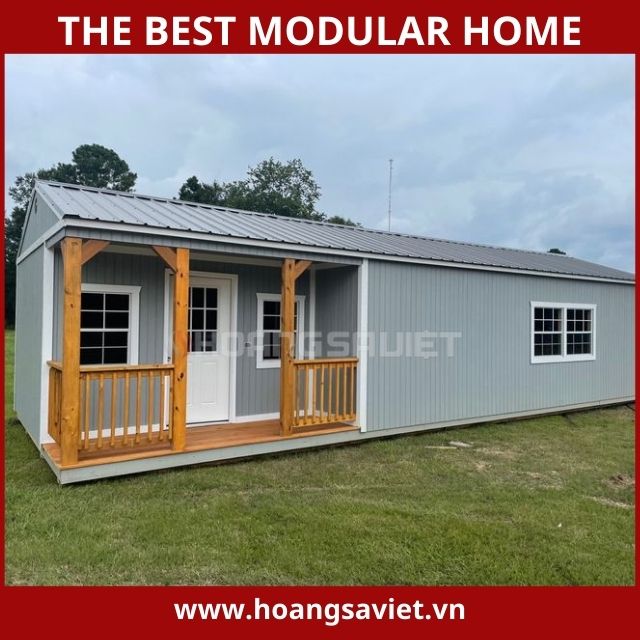
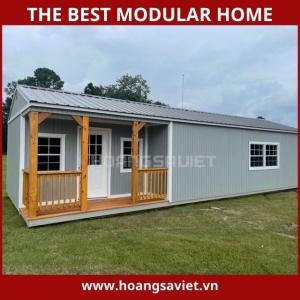
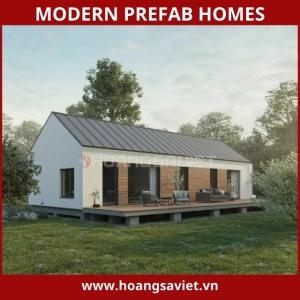
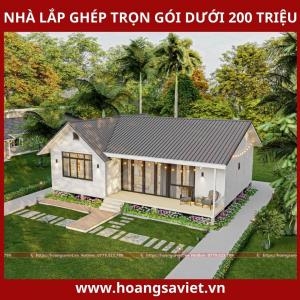
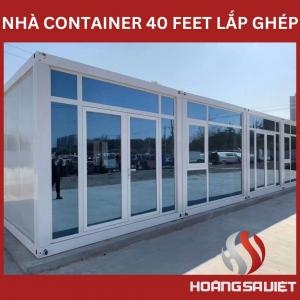
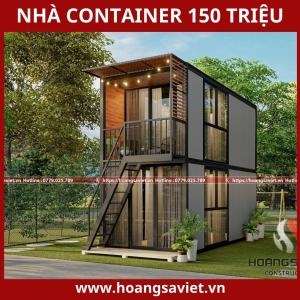
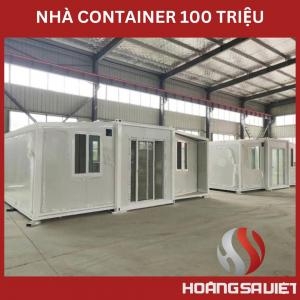
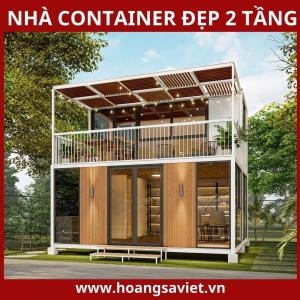
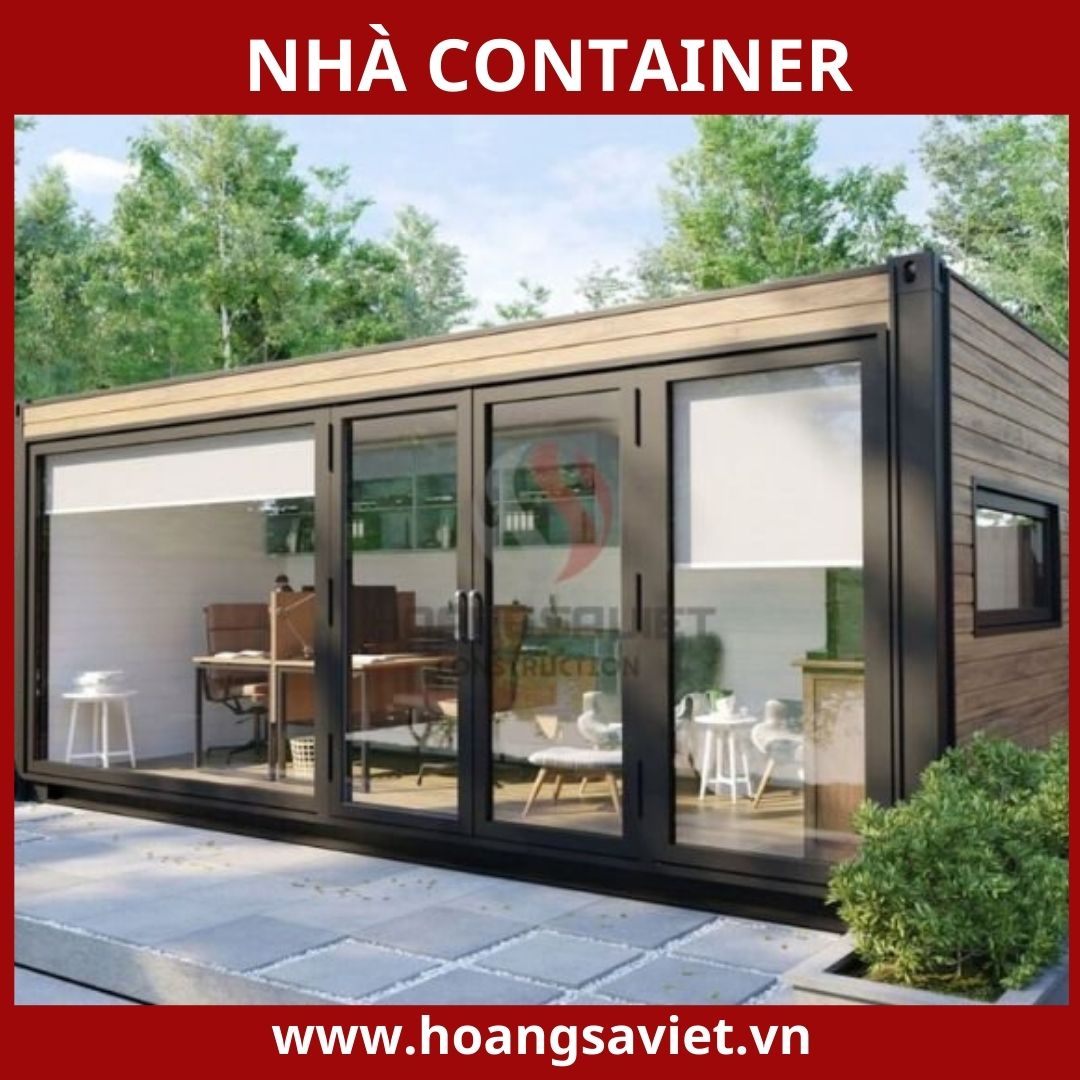
.jpg)
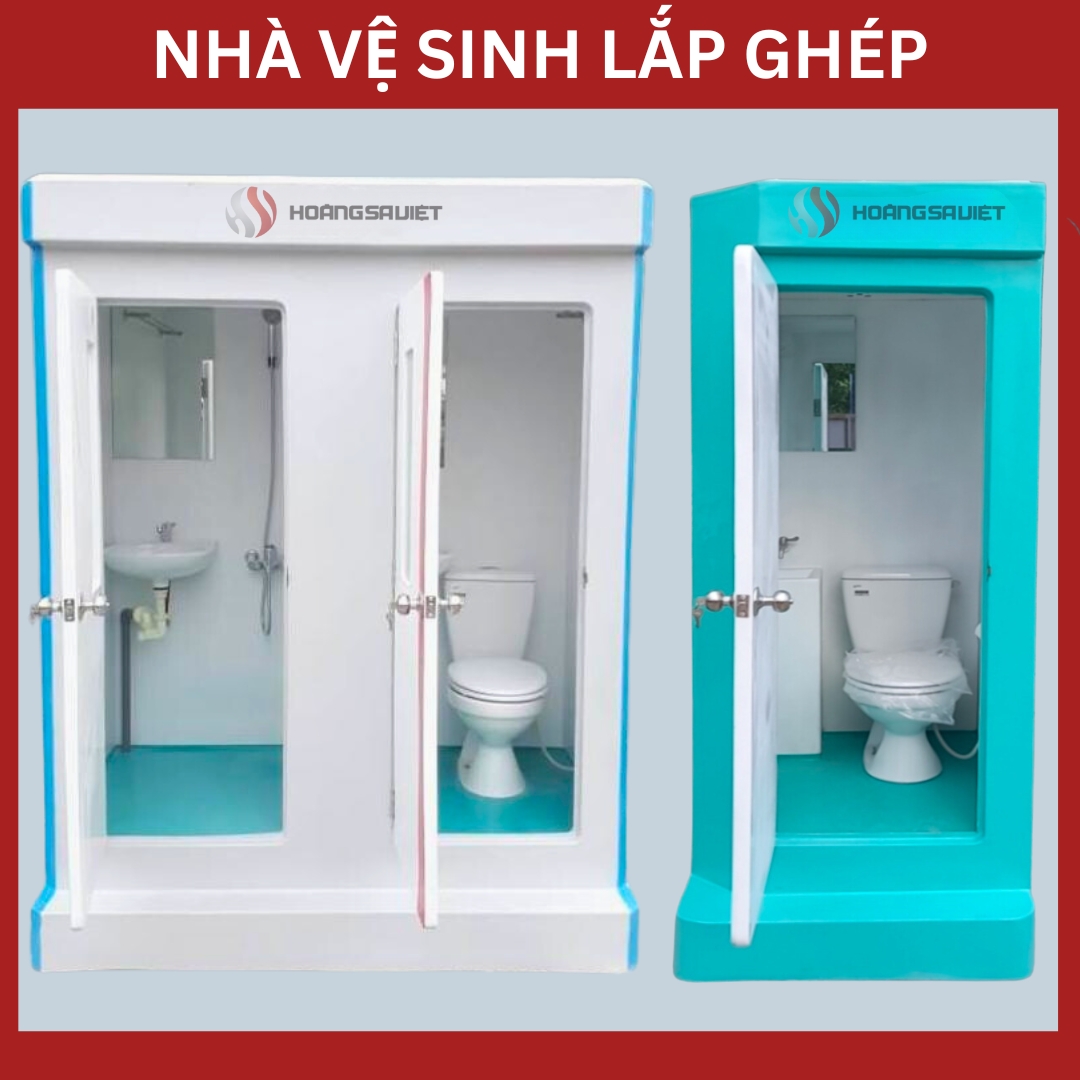
.jpg)
